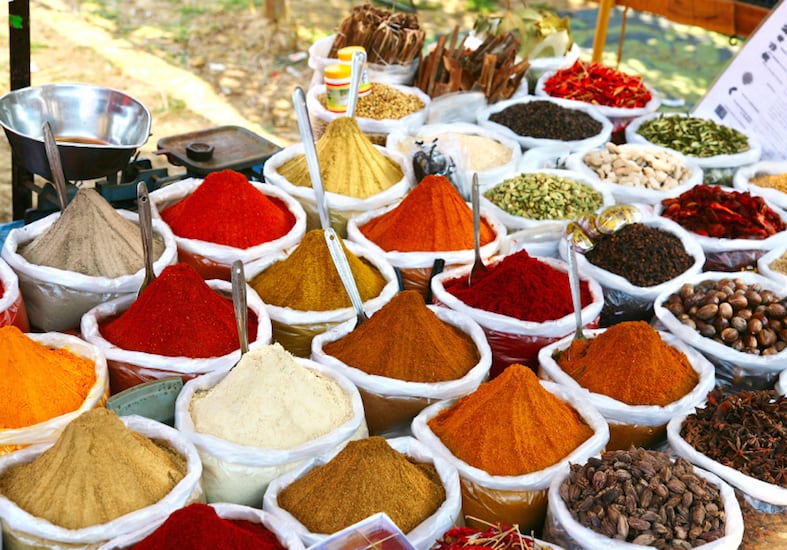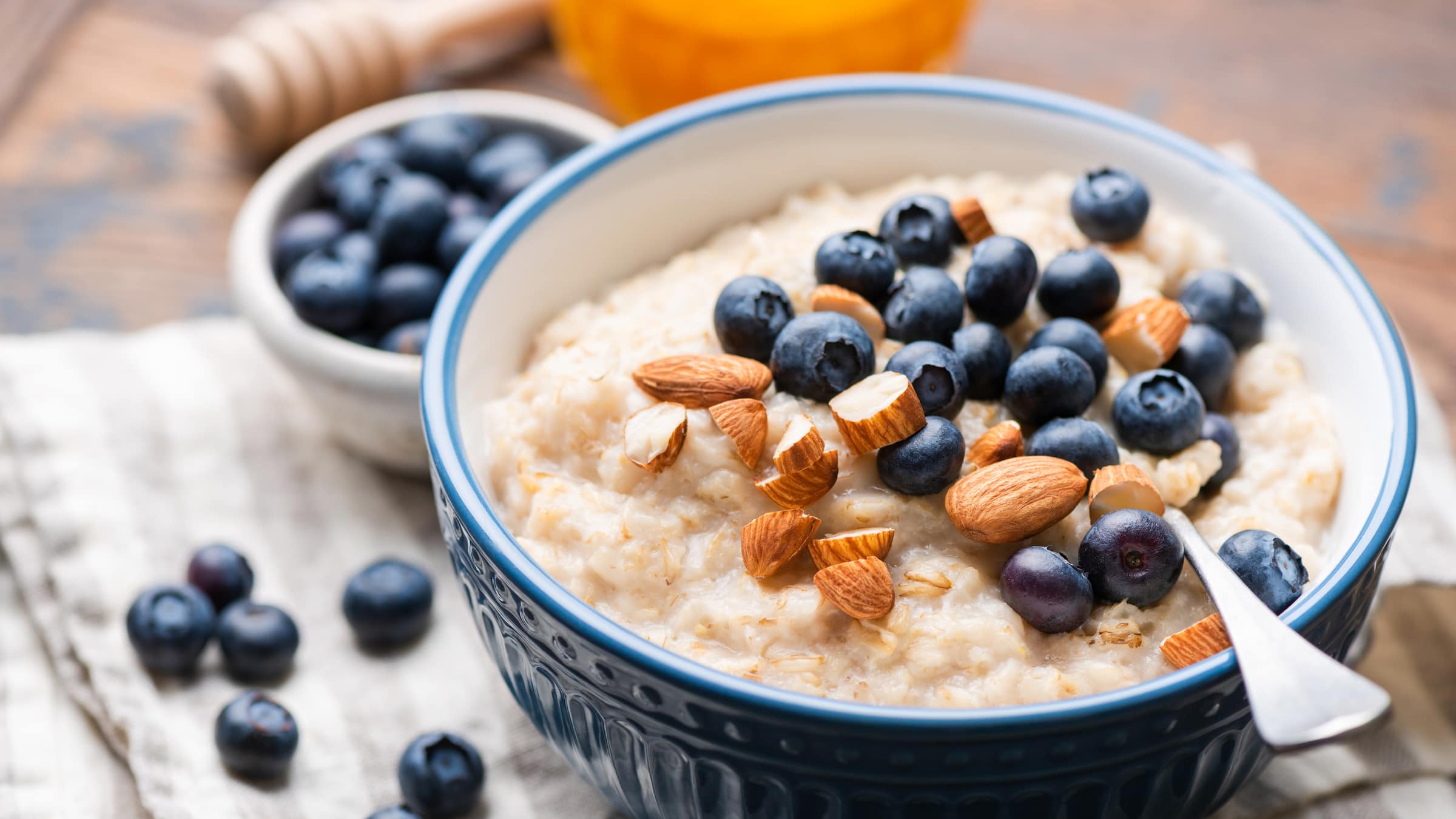Table salt is arguably one of the most commonly used ingredients in cooking. Have you ever wondered why that it is? You might be thinking, “I already know why! Because it makes food taste good!” That’s definitely true… but why does it make food taste so good?
Well, it turns out that salt is a natural flavor enhancer and it also helps to reduce the bitterness of certain foods. So, salt doesn’t necessarily change the flavor of a dish–it simply helps to highlight a dish’s natural goodness and flavor.
But in recent years, as a high-salt intake has become associated with an increased risk of conditions like high blood pressure, heart disease, and stroke, many people have begun to look for ways to cut back on the amount of salt in their diets. While the easiest way to do this is usually to cut back on how many processed foods you eat, it definitely doesn’t hurt to be aware of how much salt you’re adding to the meals you prepare at home as well.
The good news is, you really only need a small amount of salt to bring out the flavors in any dish! So before adding another pinch, consider these other techniques for boosting the flavor of your home-cooked meals, and rest easy knowing that great flavor doesn’t have to compromise your health goals.
Start your dish with an aromatic base
All around the world, most cuisines use some sort of vegetable mix as the starting point to building flavor in a dish. Typically, anywhere between 3-5 different types of vegetables are diced and then sautéed together in oil or butter until they turn fragrant, soft, and slightly translucent in color. The exact combination of vegetables will vary between cuisines, but here are a few of the most commonly used bases:
- Mirepoix: a combination of onion, celery, and carrots used in French cooking
- The Trinity: a combination of onion, celery, and bell pepper used in Cajun or Creole food
- Sofrito: a blended mix of onions, peppers, garlic, cilantro, and tomatoes used in various Latin American, Spanish, Caribbean, and even Italian cuisines
Fresh and flavorful herbs
Once you’ve got your flavor base, the next step is to consider what kind of flavor profile you want to meal to have and to identify a few herbs or seasonings to help you develop it. The possibilities here are truly endless! There are tons of different options, and everyone has their own individual preferences. So put simply, you’ve usually just got to get in the kitchen and experiment with a few to figure out what works best for you! A few ideas to help you get started…
Looking for something savory? Try:
- Bay leaf
- Rosemary
- Thyme
- Oregano
Sweet and warm? Get creative with:
- Cinnamon
- Basil
- Mint
- Nutmeg
Going Italian? Use a blend of:
- Parsley
- Thyme
- Sage
- Oregano
- Rosemary
- Basil
Is it Taco Tuesday? If so, use:
Real results with a personalized weight loss program
Take the quiz!

- Cilantro
- Cumin
- Chili powder
- Paprika
- Mexican oregano
Looking for something with a kick? Try these…
Where I come from, cayenne pepper has its place on the counter right next to the salt and pepper. It’s the go-to way to add some heat to any meal. And although it’s my personal favorite, it’s certainly not the only way to give your meal a kick! You can also add…
- Raw Onion (red, white, or shallots–pro tip: soak the onion in a little vinegar first to ease the bite)
- Raw Garlic
- Pepper (black, white, red, fresh peppers, dried peppers, peppers soaked in adobo sauce… take your pick!)
- Ginger
- Horseradish
Umami!
Umm what? Umami! You’ve probably heard of the four basic flavors: sweet, salty, sour, and bitter. But did you know that a fifth flavor has actually been identified? Umami is mostly found in ingredients that combine the amino acid glutamate with another mineral like salt or potassium. It’s flavor is often described as “savory” or “meaty” or simple just “delicious!” Using ingredients with an umami flavor is a great way to add a satisfying touch to vegetarian and vegan meals. But do use caution! Many of the ingredients known for their umami flavor are high in salt themselves, so add them slowly and consider leaving out the table salt altogether.
- Mushrooms
- Anchovies
- Seaweed
- Soy sauce
- Miso paste
- Tomato paste
- Worcestershire Sauce
A little acidity goes a long way…
Acids are often used in cooking to help tenderize certain cuts of meat. But what many people don’t realize is that–like salt–acidic foods also help to cut bitterness, enhance flavors, and add a little twang to any dish. If your dish starts to feel like it’s missing something no matter how much salt you seem to add, consider balancing the flavors out with a few drops of one of these:
- Citrus Juice (lemon, lime, orange or grapefruit)
- Vinegar (white, apple cider, balsamic, red wine, and more)
- Fermented foods (think kimchi, pickle juice, or sauerkraut)
- Hot sauce
- Tomatoes (naturally acidic)
- A dash of wine
Make the most of your seasonings!
By now, hopefully you’ve got some ideas you are excited about trying next time you get in the kitchen. As you get started flavoring your meals, keep these tips in mind:
- Add slowly! Sometimes less is more.
- Recipes are only a guide. It’s okay to adjust based on your personal taste.
- Don’t forget to taste as you go! Take breaks in between tasting and drink some water to help cleanse your palate.
- Don’t forget about freshness! Before using a spice or herb, rub it between your fingers… is it aromatic? If so, then it’s ready to go! If not, it may be past its prime.
- When cooking with fresh herbs, add hearty herbs like rosemary and sage early on to help release maximum flavors. Save gentle herbs like cilantro and parsley for the very end to retain color, texture, and flavor.





